 2011 Hyundai i40 Combi Dimensions, Size & Specs
2011 Hyundai i40 Combi Dimensions, Size & SpecsMeasurements of the 2011 Hyundai i40 Combi, engineered for optimal performance and comfort
| Dimensions | |
|---|---|
| Length: | 4770-4815 mm187.8-189.6 in15.6-15.8 ft |
| Width: | 1815 mm71.5 in6.0 ft |
| Height: | 1470 mm57.9 in4.8 ft |
| Trunk Capacity: | 553 liter19.5 cu ft |
| Trunk Capacity (Max): | 1719 liter60.7 cu ft |
| Weight Specifications | |
| Curb Weight: | 1395-1530 kg3075-3373 lbs |
| Maximal permitted Weight: | 2030-2150 kg4475-4740 lbs |
| Tire Specifications | |
| Rims Sizes: | 16-inch rims:
|
| Tire Sizes: |
|
The Hyundai i40 Combi, produced from 2011 to 2015, is a versatile station wagon designed to offer ample interior space alongside striking exterior dimensions. Measuring between 4770 mm and 4815 mm (187.8 - 189.6 inches) in length, the i40 Combi provides a spacious footprint that balances stylish design with practical usability. Its width stands at 1815 mm (71.5 inches), allowing for comfortable seating and stable road presence, while its height remains compact at 1470 mm (57.9 inches), facilitating easier garage access and a sleek profile.
Weight-wise, this generation of the i40 ranges between 1395 kg and 1530 kg (3075 - 3373 lbs) curb weight, with a maximum permissible weight between 2030 kg and 2150 kg (4473 - 4740 lbs), ensuring a robust build capable of handling everyday driving needs and family excursions. One of the standout features of the i40 Combi is its impressive luggage capacity — starting at 553 liters (19.5 cubic feet) with all seats in place and expanding up to a cavernous 1719 liters (60.7 cubic feet) when the rear seats are folded flat. This generous cargo space simplifies transporting bulky items, making it an excellent choice for both leisure and work applications.
The i40 Combi rolls on various rim sizes suitable for different preferences and performance needs, ranging from 7.0J x 16 up to 8.0J x 18. Tire options include 205/60 R16, 215/50 R17, and 225/45 R18, offering owners flexibility to optimize comfort, handling, and aesthetics.
Overall, the Hyundai i40 Combi (2011-2015) presents a well-rounded station wagon choice, blending solid dimensions with practical cargo capabilities and adaptable tire configurations. This generation appeals to drivers seeking a reliable, roomy car that supports a wide range of daily and leisure activities, supported by thoughtful engineering and design.
Discover the standout features that make the 2011 Hyundai i40 Combi a leader in its class
Have a question? Please check our knowledgebase first.
The Hyundai i40 Combi produced from 2011 to 2015 has a length that varies between 4770 mm (187.8 inches) and 4815 mm (189.6 inches), a width of 1815 mm (71.5 inches), and a height of 1470 mm (57.9 inches). These dimensions make the i40 Combi a spacious yet manageable station wagon, offering ample room for passengers and cargo while maintaining a sleek profile on the road. The variation in length depends on specific trim levels or features such as bumpers or roof rails that might slightly alter overall size.
The curb weight of the Hyundai i40 Combi ranges between 1395 kg (3075 lbs) and 1530 kg (3372 lbs), depending on the model variant and optional equipment which can influence weight. The maximum allowable weight, or gross vehicle weight rating (GVWR), is between 2030 kg (4473 lbs) and 2150 kg (4740 lbs). This means the vehicle is designed to carry a significant load, including passengers and cargo, without compromising safety or performance, which is ideal for families or individuals needing a reliable station wagon with good payload capacity.
The Hyundai i40 Combi offers a generous luggage capacity of 553 liters (19.5 cubic feet) when the rear seats are upright, providing ample space for everyday luggage, groceries, or sports equipment. When the rear seats are folded down, this capacity expands dramatically to 1719 liters (60.7 cubic feet), allowing for transporting larger items such as furniture or extensive holiday gear. This versatility makes the i40 Combi a practical choice for those needing flexible cargo space in a family vehicle.
The Hyundai i40 Combi comes with several rim and tire size options to suit different driving preferences and trim levels. Rim sizes offered include 7.0J x 16, 7.5J x 17, 8.0J x 18, as well as 17 and 16 inches in certain configurations. The compatible tire sizes are 205/60 R16, 215/50 R17, and 225/45 R18. These options allow owners to balance comfort, handling, and aesthetics according to their needs, whether prioritizing smoother rides or sportier performance.
Yes, the Hyundai i40 Combi typically fits comfortably within a standard garage. With a width of 1815 mm (71.5 inches), length between 4770 mm and 4815 mm (approximately 188 to 190 inches), and height of 1470 mm (57.9 inches), it should easily fit in a typical single-car garage, which commonly has a width of around 2440 mm (96 inches) and a length of 4875 mm (192 inches) or more. However, users should consider additional space needed for opening doors and storage when parking in a garage.
The Hyundai i40 Combi was introduced as a replacement for the Hyundai i30 CW (station wagon), offering a noticeably larger and more refined vehicle. Dimension-wise, the i40 Combi is longer at about 4770-4815 mm (187.8-189.6 inches), wider at 1815 mm (71.5 inches), and has a lower height of 1470 mm (57.9 inches), compared to the i30 CW's more compact dimensions. This increase in size translates to more interior space, better cargo capacity, and improved road presence, positioning the i40 Combi as a more premium and family-oriented option than its predecessor.
The Hyundai i40 Combi is designed primarily as a five-seater station wagon offering ample interior space for comfort and practicality. The spacious cabin layout provides comfortable seating for two front passengers and three rear passengers, with generous legroom and headroom for adults. Its design focuses on ergonomics and convenience, featuring adjustable seats and smart storage compartments that enhance the traveling experience, especially for families or individuals frequently carrying both passengers and cargo.
The Hyundai i40 Combi competes in the midsize station wagon segment against models like the Ford Mondeo Wagon, Volkswagen Passat Variant, and Skoda Superb Combi. Dimensionally, the i40 Combi is comparable, with a length ranging from 4770 mm to 4815 mm (187.8-189.6 inches), width of 1815 mm (71.5 inches), and height of 1470 mm (57.9 inches). While some competitors may offer slightly larger cargo capacity or varying interior space, the i40 Combi stands out for offering a good balance of size, efficient use of space, and competitive pricing, making it an attractive choice for buyers seeking a practical station wagon.
The Hyundai i40 Combi offered a range of petrol and diesel engines throughout its production from 2011 to 2015, including efficient 1.7-liter diesel units and 2.0-liter petrol engines. Fuel economy varies depending on the exact engine and transmission, but generally, the diesel variants are known for good fuel efficiency, typically achieving combined cycle figures around 4.5 to 6.0 liters per 100 kilometers (52 to 39 miles per gallon US). Petrol versions tend to have higher consumption but offer smoother and more responsive performance. These options give buyers a choice between economy and power depending on their driving needs.
The Hyundai i40 Combi was equipped with a solid suite of safety features typical of the early 2010s. Standard safety includes multiple airbags (front, side, and curtain airbags), anti-lock braking system (ABS), electronic stability control (ESC), and traction control systems. Some variants also offered advanced features like hill-start assist and tire pressure monitoring systems. The car’s strong euro NCAP ratings reflect its commitment to occupant safety, making it a reliable choice for families looking for a safe station wagon with modern safety technology for its time.
Discover similar sized cars.
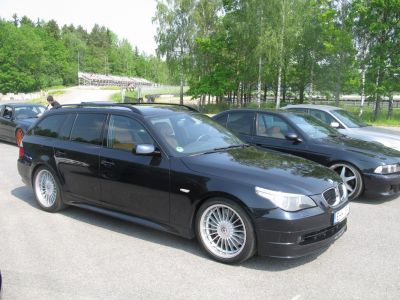
| Production: | 2005-2011 |
|---|---|
| Model Year: | 2005 |
| Length: | 4843 mm190.7 in |
| Width: | 1846 mm72.7 in |
| Height: | 1491 mm58.7 in |
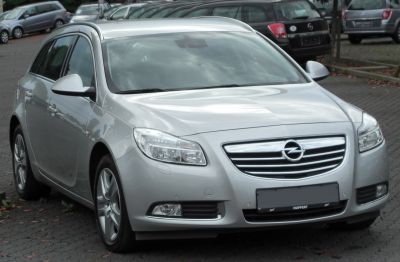
| Production: | 2009-2013 |
|---|---|
| Model Year: | 2010 |
| Length: | 4830-4908 mm190.2-193.2 in |
| Width: | 2084 mm82.0 in |
| Height: | 1498-1520 mm59.0-59.8 in |
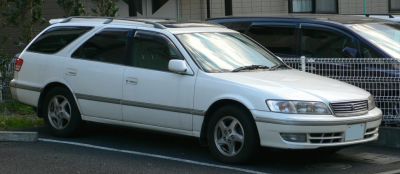
| Production: | 1997-2002 |
|---|---|
| Model Year: | 1997 |
| Length: | 4775 mm188.0 in |
| Width: | 1785 mm70.3 in |
| Height: | 1470 mm57.9 in |
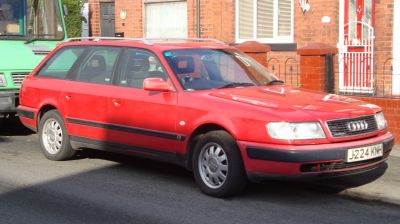
| Production: | 1991-1994 |
|---|---|
| Model Year: | 1990 |
| Length: | 4790 mm188.6 in |
| Width: | 1777 mm70.0 in |
| Height: | 1440-1448 mm56.7-57.0 in |
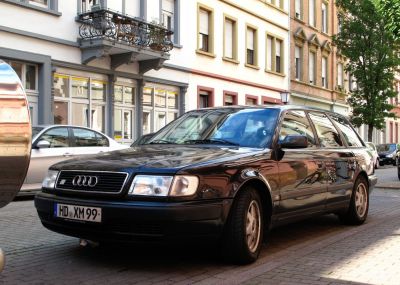
| Production: | 1991-1994 |
|---|---|
| Model Year: | 1992 |
| Length: | 4790 mm188.6 in |
| Width: | 1805 mm71.1 in |
| Height: | 1422-1454 mm56.0-57.2 in |
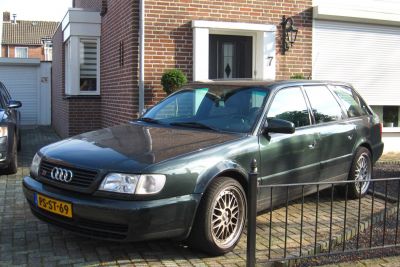
| Production: | 1994-1997 |
|---|---|
| Model Year: | 1995 |
| Length: | 4797 mm188.9 in |
| Width: | 1804 mm71.0 in |
| Height: | 1440 mm56.7 in |
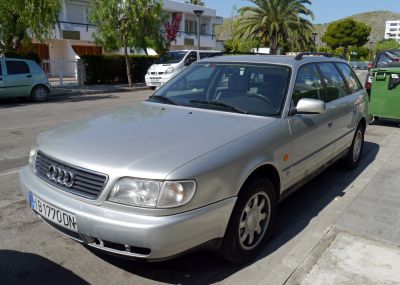
| Production: | 1994-1997 |
|---|---|
| Model Year: | 1995 |
| Length: | 4797 mm188.9 in |
| Width: | 1783 mm70.2 in |
| Height: | 1440 mm56.7 in |
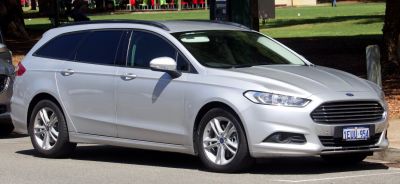
| Production: | 2014-2018 |
|---|---|
| Model Year: | 2014 |
| Length: | 4867 mm191.6 in |
| Width: | 2121 mm83.5 in |
| Height: | 1501 mm59.1 in |
